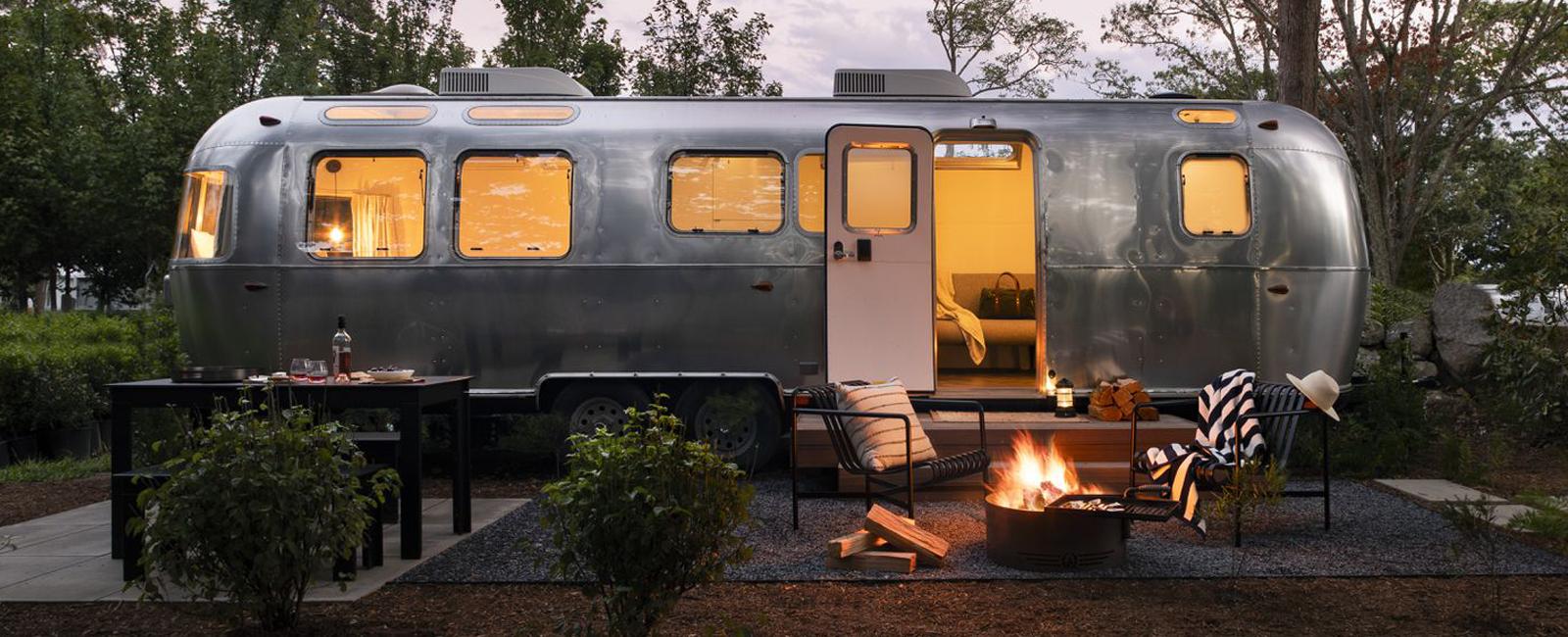
Culture • 03 June, 2025
Unity with Nature
At first glance, camping and comfort might seem completely incompatible. However, people seeking convenience have discovered a relatively new way to enjoy nature: glamping.
Glamping is an alternative type of tourism that combines immersion in nature with luxury. The term itself is a blend of the words “glamorous” and “camping.” It first emerged in the UK in 2005 and was added to the Oxford Dictionary in 2016. Don’t confuse it with camping – a traditional tent camp. The concept of glamping dates back to the Middle Ages when monarchs and nobles had tents set up with all the necessary amenities during their journeys. These were essentially miniature palaces in the open air. In modern times, glamping began to develop at the end of the 20th century, largely due to major music festivals. Fans of popular performers spent the night in cars and tents, which not everyone found enjoyable. Since discomfort is the main driver of progress, places with better conditions started to appear. Today, glamping has become the ideal way to enjoy the outdoors for those who can’t imagine life without a hot bath but still want to escape the hustle and bustle of the city. Its growing popularity has led to a variety of interpretations – from simple safari tents to luxury yurts and various geometric structures. Let’s look at the main types: 1) Bell tent – traditional fabric tents supported by a central pole. They’re not luxury but do offer comfortable beds and basic necessities for living. There’s also izbing – lodging in traditional wooden huts. But glamping isn’t limited to these options: it all depends on the creator’s imagination. In different countries, you can find capsule rooms perched on sheer cliffs; mirrored treehouses; glass yurts perfect for watching the northern lights; bubble rooms deep in the forest. The key requirement is the creation of comfort, with electricity, plumbing, and sometimes even 24-hour service. Of course, some critics argue that this type of leisure negates the main idea of spending time in nature – returning to basics. But for many people living fast-paced urban lives, unaccustomed to leisure where you have to build a fire by hand, glamping is the only way to truly escape the hustle and bustle. And would everyone willingly trade their usual comforts for the chance to catch fish for soup? Either way, glamping is becoming a promising business that allows modern people to retreat into nature “in style” and gain an exclusive experience.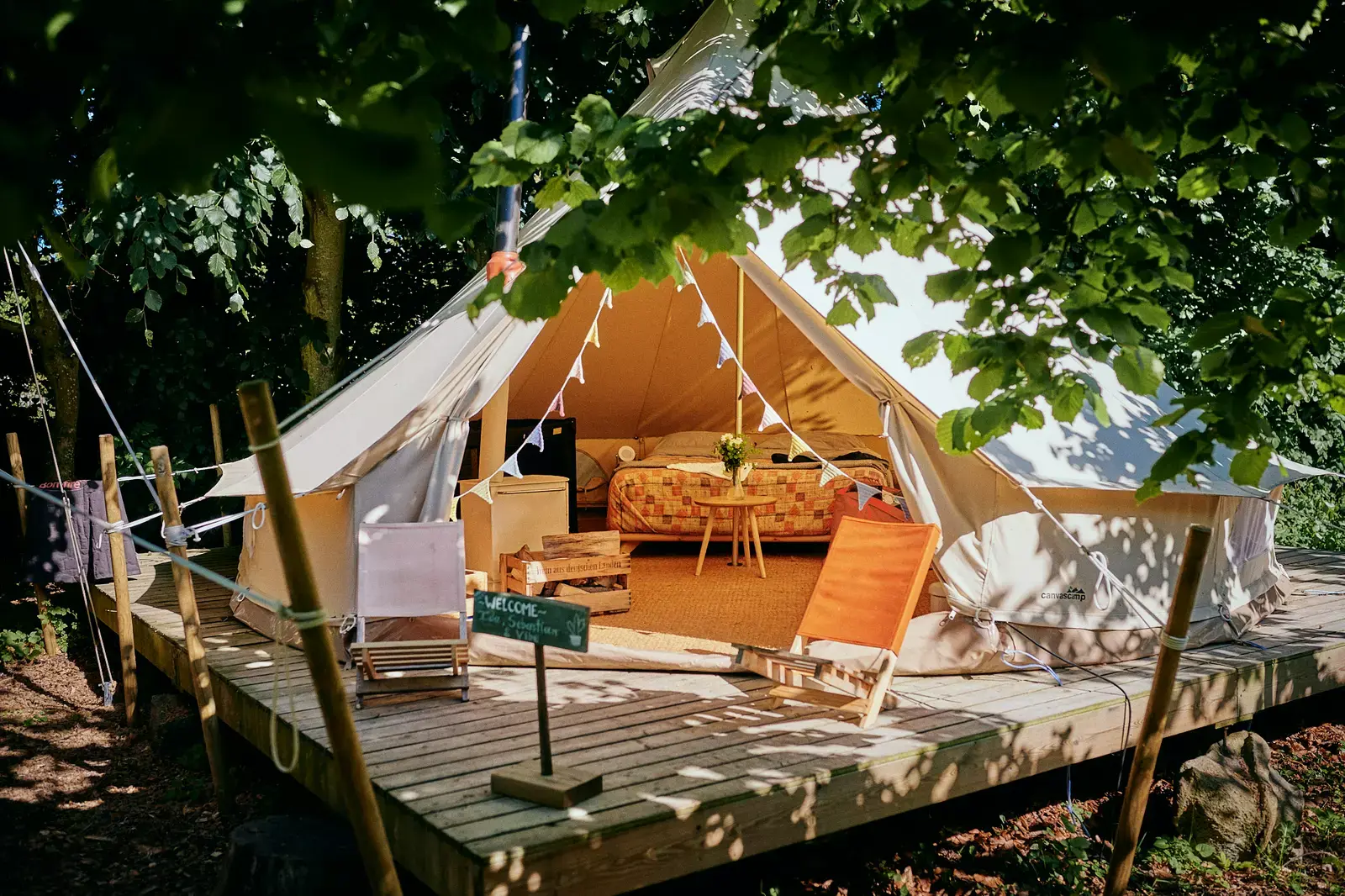
2) Safari tent – similar tents but set up on a wooden platform, usually with charming verandas.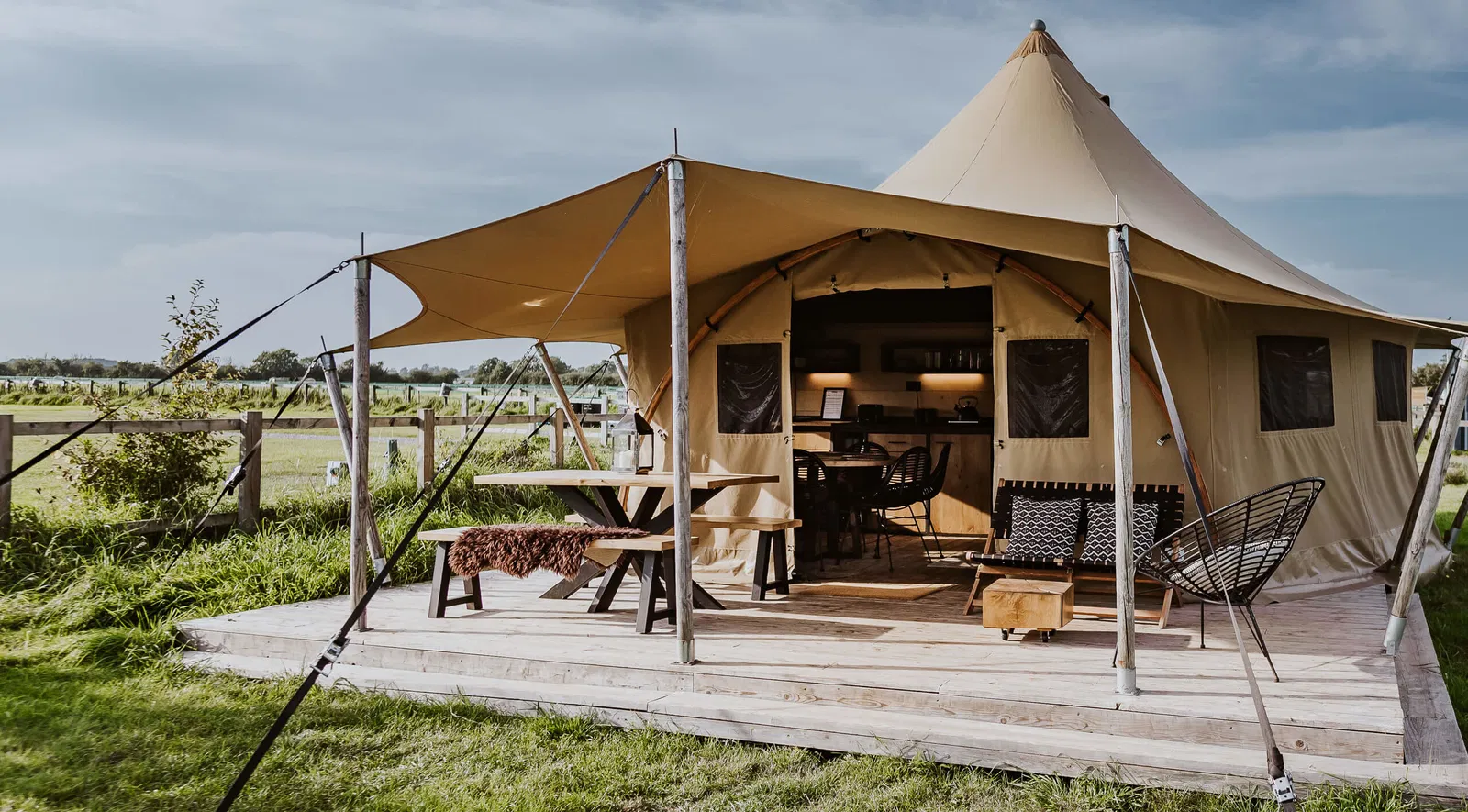
3) Yurts, marquees, and other traditional dwellings – more spacious and durable than tents, making them suitable for year-round living.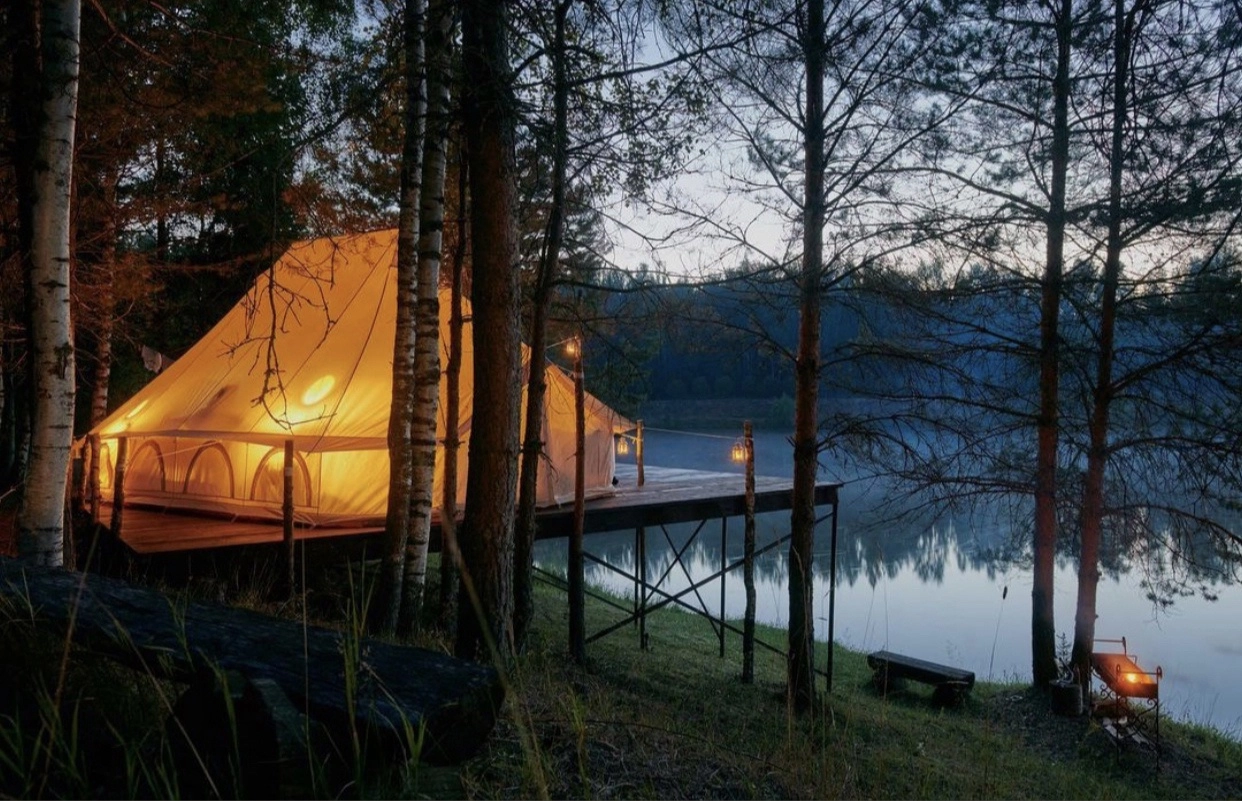
4) Wooden cabins – familiar structures with large windows. Often you’ll find A-frame cabins – wooden structures in the shape of the letter “A,” set on a platform. Usually, both sides under the roof are made of glass, allowing tourists to enjoy natural light and panoramic views.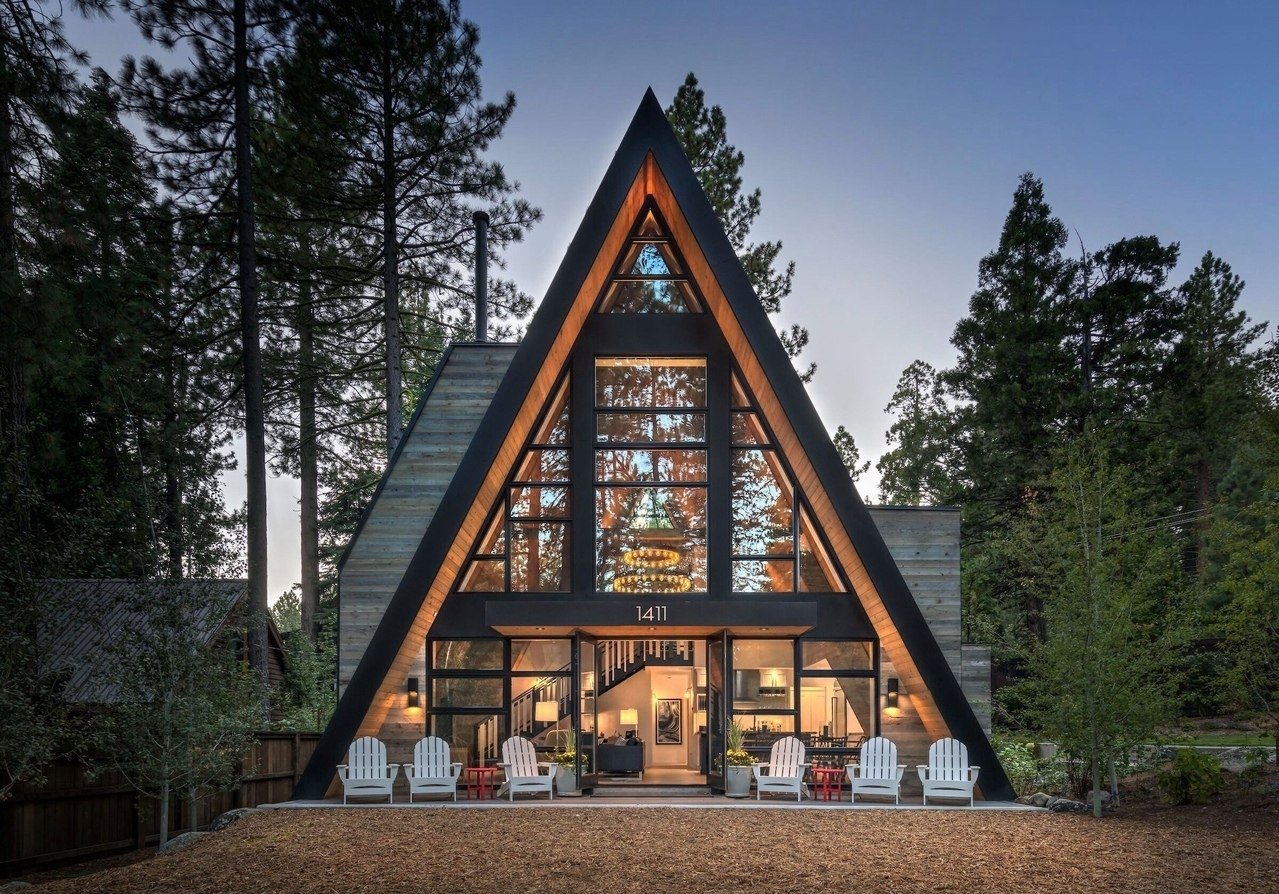
5) Geometric structures – spheres, cubes, and other shapes that look modern and sometimes even futuristic. The most popular shape is the geodesic dome.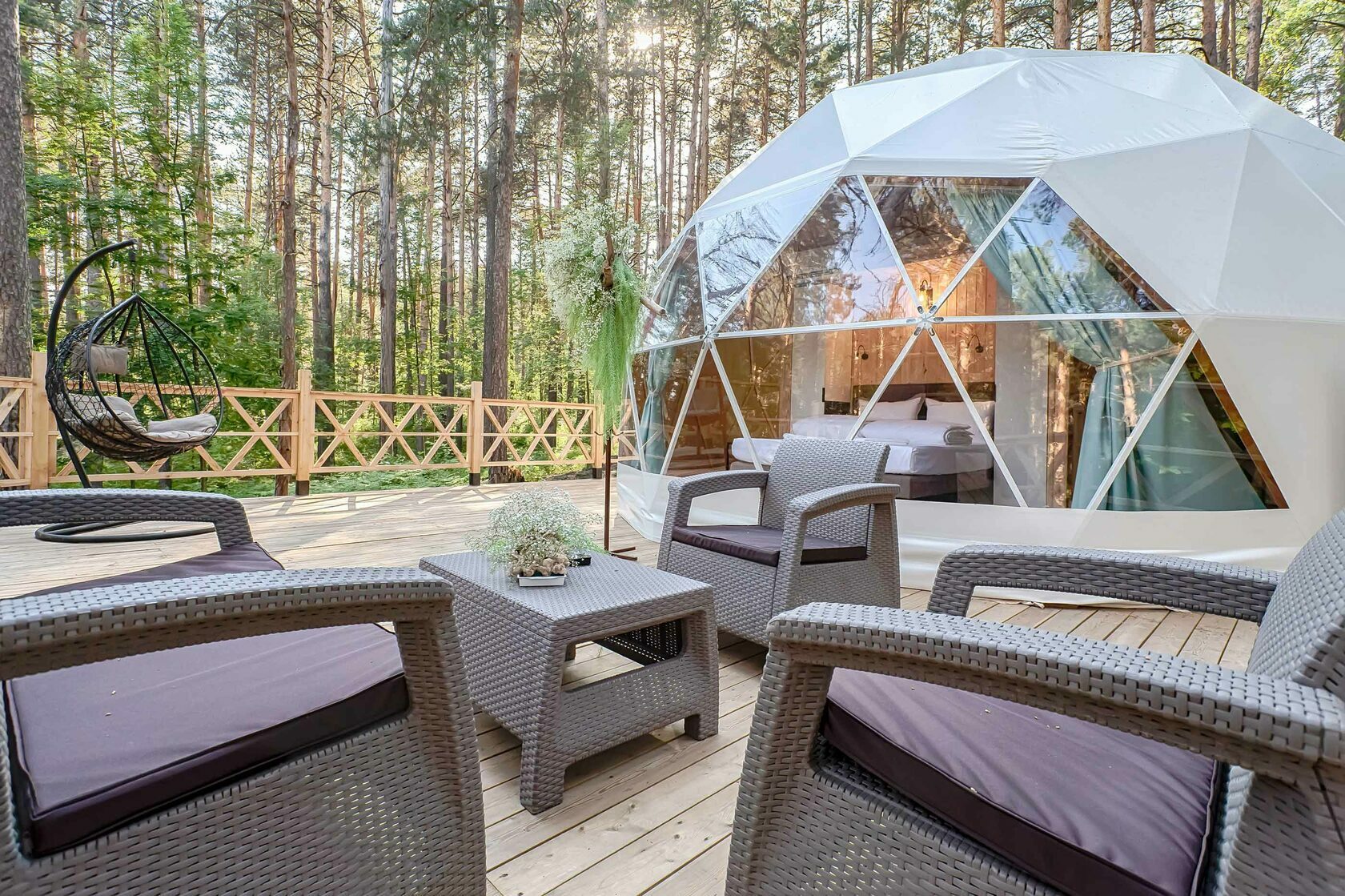
6) Transport – a familiar sight thanks to pop culture, including caravans and motorhomes. However, you might also find more original versions – like glamping in a boat or an airplane.